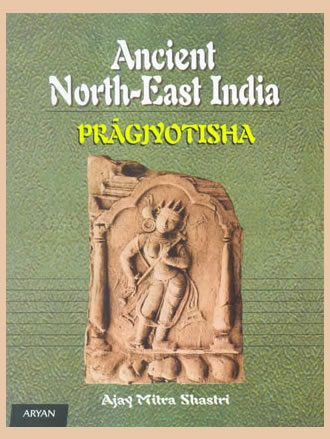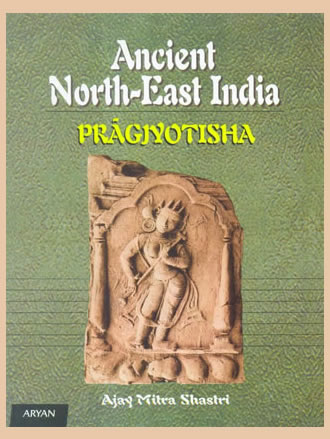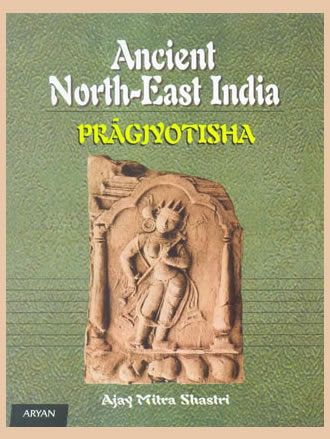ANCIENT NORTH-EAST INDIA (Pragjyotisha)
ANCIENT NORTH-EAST INDIA (Pragjyotisha) is backordered and will ship as soon as it is back in stock.
Couldn't load pickup availability
Genuine Products Guarantee
Genuine Products Guarantee
We guarantee 100% genuine products, and if proven otherwise, we will compensate you with 10 times the product's cost.
Delivery and Shipping
Delivery and Shipping
Products are generally ready for dispatch within 1 day and typically reach you in 3 to 5 days.
- Pages: xviii + 130
- Format: Hardbound (HB)
- ISBN: 9788173052194
- Edition: 1st Edition
- Publisher: Aryan Books International
- Size: 18 cm x 25 cm
- Product Year: 2002
It is often stated and the common people made to believe that the people of what was anciently called Pragjyotisha and its surroundings in the North-East were outside the mainstream of Indian life and culture, and the Aryans attempted to colonise them and impose upon them their alien culture. The utter falsity of this motivated propaganda has been amply demonstrated in the present work with strong evidences. It has been shown that the word arya had originally no racial or linguistic connotation and that in the past it was employed in purely cultural sense. It was given, evidently deliberately, a racial sense by the Europeans with a vested interest to sow the seeds of dissension among their Indian subjects and thereby perpetuate their rule which has confused large sections of people. It has been shown that form the earliest recorded times the people of the North-East and those of the rest of India were aware of and had a close interaction with one another. And with the passage of time these contacts grew more and more intimate and the region in question and the rest of the country contributed to the common cultural development enriching each other. The monograph thus seeks to trace chronologically and in a pan-Indian perspective the politico-cultural contacts that the region had with the rest of the Indian People.





